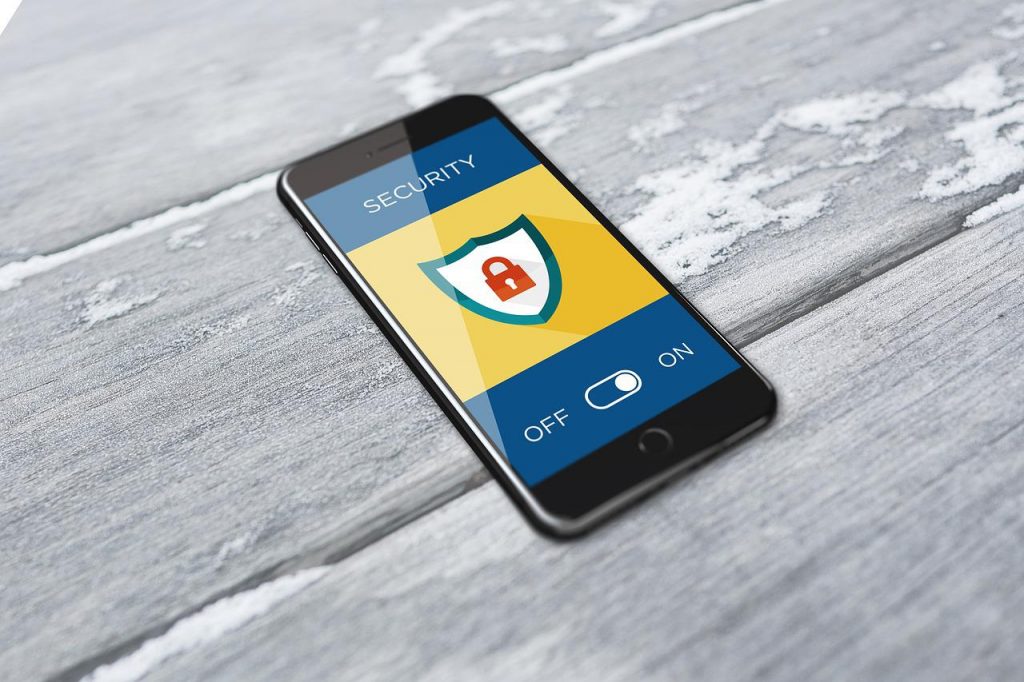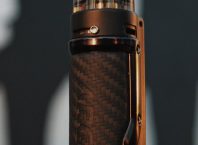Table of Contents
If you want to lock iPhone applications on your iPhone, you can use Restrictions to make sure that only you can open them. To disable this feature, turn the toggle switch to white, and swipe up to return to your Home screen. This simple way of locking applications only works with first-party Apple apps. To lock iPhone applications with Restrictions, you need to enable the feature and create a new passcode. This method is only effective for first-party Apple apps.

How to lock iPhone applications on iPhone
If you’ve ever wanted to keep a third party from accessing your iPhone applications, you’re probably wondering how to lock iPhone applications. Fortunately, Apple has a built-in security feature called “Restrictions” for this very purpose. Instead of installing third-party applications, you can use the built-in security feature and set a passcode to lock down access to restricted apps.
This will keep unauthorized users out and keep your personal information private. Once you’ve enabled the feature, iOS will ask you to generate a new passcode.
To lock apps on iPhone, open the Settings app and tap on the Screen Time option. In the Screen Time settings, tap on ‘App Limits’. After entering a password or passcode, you can now select which applications are protected. Once you’ve selected which apps should be protected, tap the ‘Add Limit’ button to set limits on the time you can spend on each app. You can also choose how many apps are blocked in general.
How to lock iPhone applications on android
You may have heard of Screen Pinning, which locks an app to one particular screen. Screen pinning is a great security feature, but it only works if someone knows the PIN or has the password to unlock the device. If you’re worried about snooping, you should make sure to follow the steps below to keep your Android device safe from prying eyes. Read on to learn how you can lock apps on your Android device.
After installing the app, you’ll need to grant certain permissions to it. The first time you use it, a dialog box will appear, asking you to grant permissions. Among these permissions are AppLock, Usage Data Access, and Appear on top. It also needs access to internal storage. Once you grant permissions to AppLock, you’ll be able to lock specific apps.
How can I lock apps on my iPhone without an app?
Often, we need to protect certain areas of our iPhones. The first step to taking care of this is to ensure that others don’t have access to the information stored in those areas. In this situation, an automated app can be used to lock apps on your iPhone. However, to use this method, you must first jailbreak your iOS device. Once you have done that, you can use the app’s lock feature to lock specific apps.
To set a time limit on an application, first go to Settings > Screen Time. In this screen, you’ll be prompted to enter a password and set a time limit. After you’ve entered the password and set the time period, you can unlock the app. After the time expires, you’ll need to go to the Settings app and click Delete Limit. You can also use Parental Controls, otherwise known as Restrictions, to block certain apps and websites. Restrictions can also limit how the device functions, including what settings users can access.
Which app lock is best for iPhone for free?
There are a few reasons to install an app lock on your iPhone. This way, you can hide your personal data and protect your private photos and videos from being seen by anyone else. App locks are also helpful for locking your iPad and iPod touch. But which one is best? You’ll find out in this article. Here are some of the top options. Then, download the one that suits your needs. Listed below are some of the best iPhone app locks currently available.
Keepsafe App Lock – This is the easiest app locker on the market. It has a Material Design UI and supports fingerprints, PIN, and pattern. You can also delay unlocking your phone by a few hours or disable the app completely. There are a couple of drawbacks, though: the app contains advertisements. You can remove them through in-app purchases. For more privacy and security, you should also install the Fingerprint Login and Password application.



